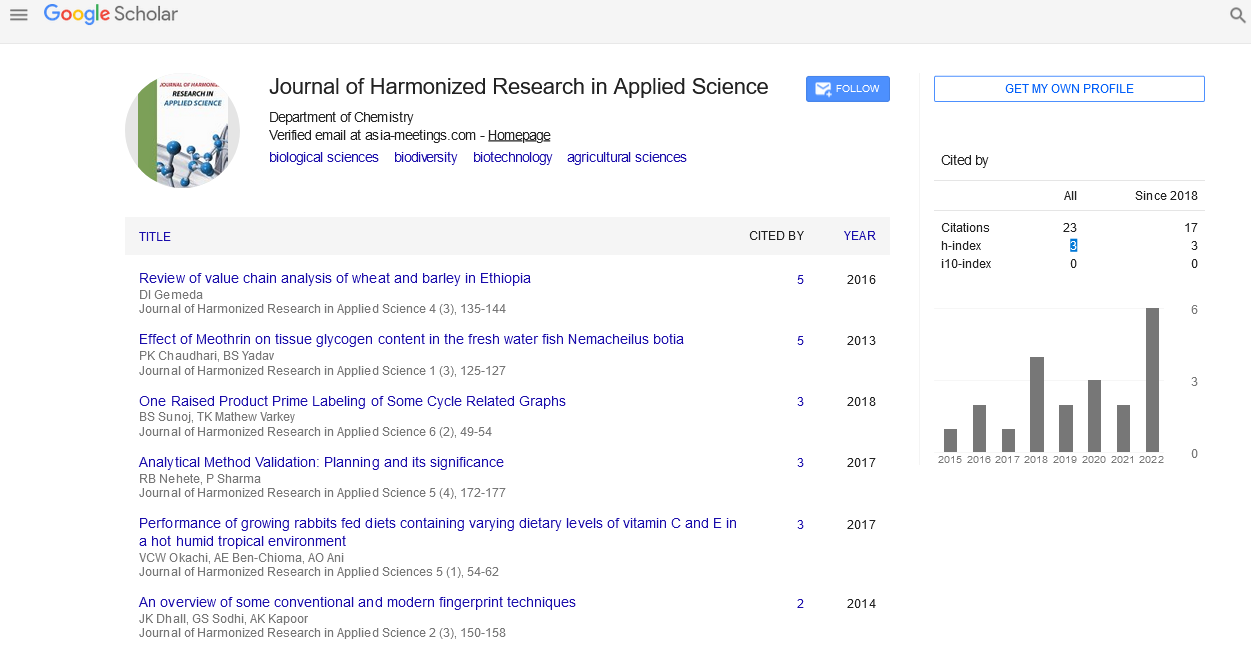DETERMINATION OF THE LEVEL OF SOME VITAMIN IN WHEATGRASS AND GRASS
Abstract
Author(s): K. Irak, H. Mert, I. H. Yoruk, I. D. Sogutlu, N. Mert
Various studies are performed by researchers using nutritional and physical techniques on the number of substances for health and long life, as known anti-aging or detox. One of the most striking det ox or anti-aging materials are the sprouts or wheatgrass In this study it is aimed to emphasize the importance and the quantity of the certain vitamins in the green part of the wheatgrass obtained by germinating of wheat grains and grass. Washed over a clean container closed with a thin layer of cotton and wheat grains supplied water spilling allowed to remain moist to germinate. When the sprouted wheat length of 12-14 cm after germination was cut, were divided into one-gram pieces. These samples were crushed in porcelain pot and treated with in the appropriate solvent. Then, alpha and gamma tocopherol levels were measured by HPLC, and retinol and ascorbic acid were determined spectrophotometrically. The amounts of ascorbic acid, ß-carotene, retinol, a-tocopherol, ?-tocopherol in analyzed samples of wheat grass; 341.63 mg/dL, 8424.81 mcg/dL, 60.45 mcg/dL, 2.15 mcg/dl, 4.00 mcg/dl, and in lawn 411.46 mg/dL, 9140.07 µg/dl, 142.86 µg/dl, 3.42 µg/dl, 5.04 µg/dl respectively. The average levels of vitamin C, a-tokoferol and ?-tokoferol was significantly important between 2 types of samples. ?-carotene and retinol level differences were not significant. It was concluded that the daily requirement of antioxidant vitamins in humans the wheat grass juice has been concluded significant to meet. Abbreviations: HPLC- high performance liquid chromatography; WGJ-wheat grass juice; DNPH- 2,4-Dinitrophenylhydrazine.










